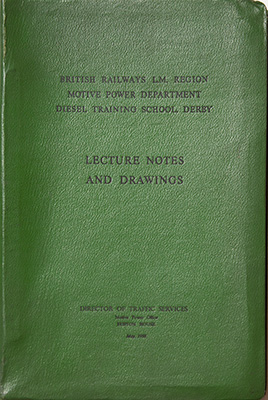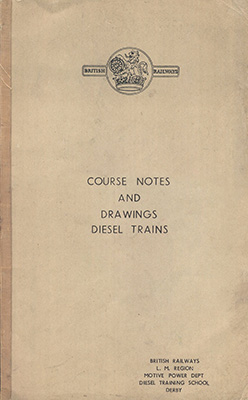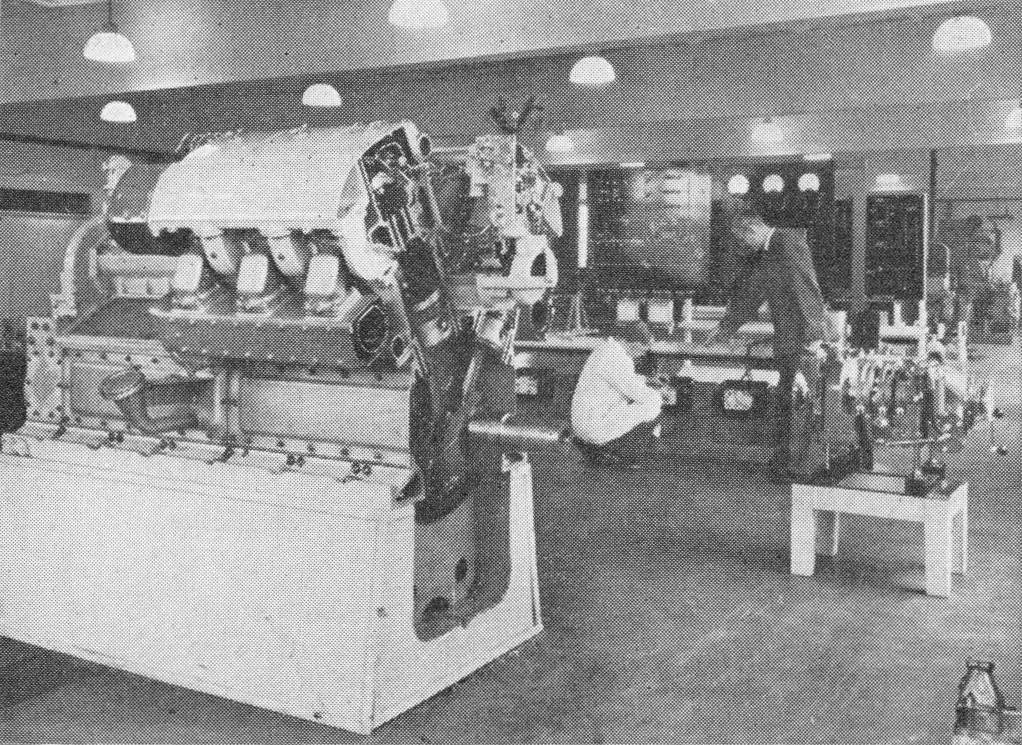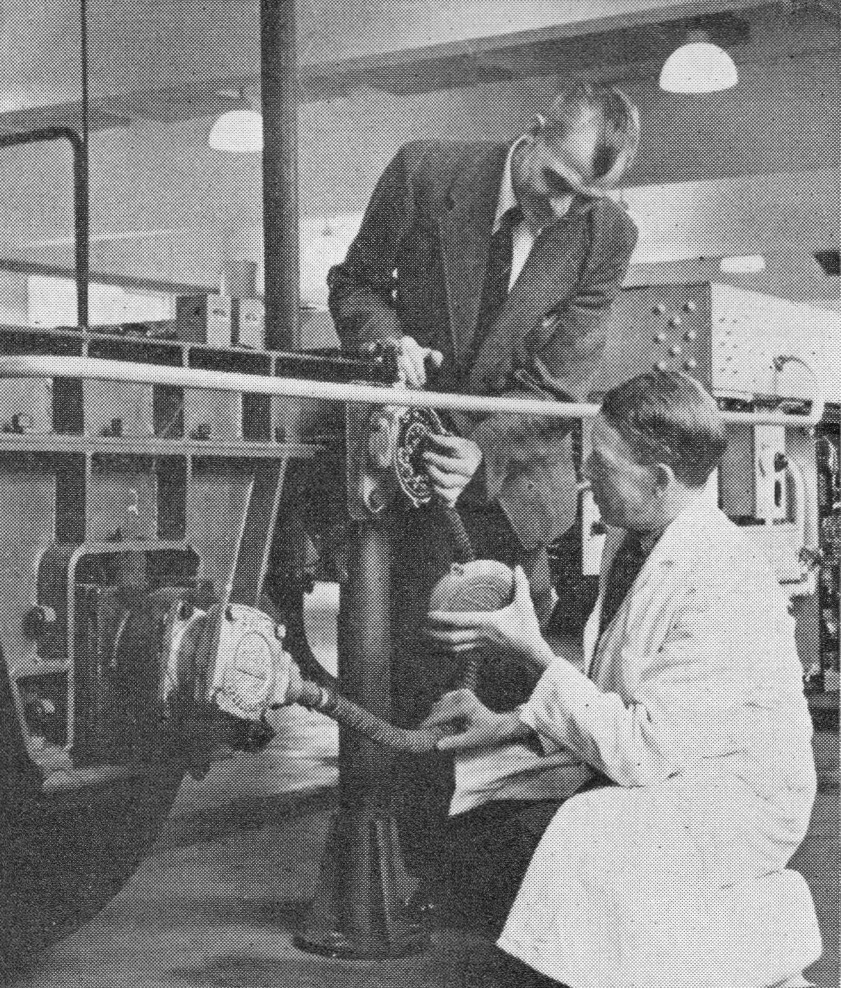Staff Training
London Midland Region
The Region would be the first to open a diesel school in 1955. It would also use a mobile diesel instruction train which would visit motive power depots to train staff.
Diesel Training School


This opened in 1955 — the first to be opened on British Railways — at Derby and was staffed by two fully qualified instructors. There were separate courses run for drivers and fitters, each lasting two weeks, and with about 20 men on each course. The school was equipped with models and diagrams and the lectures were illustrated by sildes and filmstrips.
A two-car DMU was available for the practical training of drivers so they could become conversant with the general operation of the units and the handling of the controls.
By Autumn 1957 more that 1000 staff had been trained.
(Notes extracted from November 1957 British Railway Magazine.)
British Pathe produced a newsreel - viewable on YouTube or their website - showing students in the classroom and on board a brand new Derby Lightweight (with power car M79125 delivered in January 1956).
Another film clip about the school from 1962 can be found on the Media Archive for Central England website.
Staff Training College
The January 1956 issue of the British Railways Magazine (for staff) reported that: "A senior instructor in mechanical engineering and three other instructors are to be appointed to the Staff Training College at Derby. They are to develop course concerned with the designing, building and repair of diesel locomotive and rail cars. The new instructors will have the task of ensuring that technical staff, some of whome have been trained in the steam tradition, will be thoroughly competent in dealing with diesel and electrical equipment which is being introduced under the Modernisation Plan."
The new courses (which dealt with diesel locomotives as well as railcars) began in mid-1957 and were described in an article in the November 1957 British Railways Magazine. They were for senior personnel (up to Officer level) from all Regions that were from one of these three departments - Chief Mechanical & Electrical Engineers', Carriage & Wagon Engineers', or Motive Power Superintendents'. Drivers and fitters would continue to be trained in the local driving schools that had been established in each Region.
A new diesel wing was built at the college as a diesel wing, the prefabricated building comprised a main hall 94ft x 40ft which housed the main instructional equipment (various types of diesel engines; mechanical, hydraulic and electric transmissions; and ancilliaries), a smaller room for demonstrations of fuel injection systems, and a maintenance workshop.


In the second image they have the cover off the speedometer box that is normally fitted to a railcar underframe under the cab, inside there is an adjustment for the wheel diameter required as the tyres wear. The same gear was fitted to many other types of traction, but this seems to be a railcar underframe mock-up as to the left of the elbow of the gentleman standing are two air pressure switches (they would be red) which are used in connection with the final drives to control the indicator lamp in the cab on the air and axle light panel. Behind the head of the gentleman kneeling is a DMU fire alarm control panel.
While the practical instruction and equipment demonstrations were carried out in the diesel wing, theoretical instruction and instructional film showings were provided in the main college classrooms, the courses were residential with the students also living in the main college buildings.

This image shows a lecture underway on epicylic gearboxes in the classroom (which had "comfortable cinema-type" seats). The instructor is demonstrating how to adjust brake bands on a stripped down gearbox.
In this period of modernisation the college ran between 10 and 12 courses annually, with between 20 and 30 students on each according to the type of course required by the status of those attending. Durations varied from two weeks for foremen from the Mechanical & Electrical Engineering or Carriage & Wagon Engineering departments up to five weeks for supervisory staff such as shedmasters. These supervisory staff members required considerable more practical work with the equipment in the diesel wing and were instructed in smaller numbers than staff with more advanced theoretical qualifications.
The content and general syllabus was similar for all courses but varied in the approach, detail and method of treatment and mode of instruction at five levels, according to the status of the students and their requirements. Staff members included one senior instructor assisted by three instructors, two of whom were mainly concerned with electrical matters, all under the general direction of the college Principal (J. Kirkby Thomas). Specialists representing the equipment manufacturers would also give lectures.
Introduction
Eastern Region
London Midland Region
Scottish Region
Mobile Instruction Train


